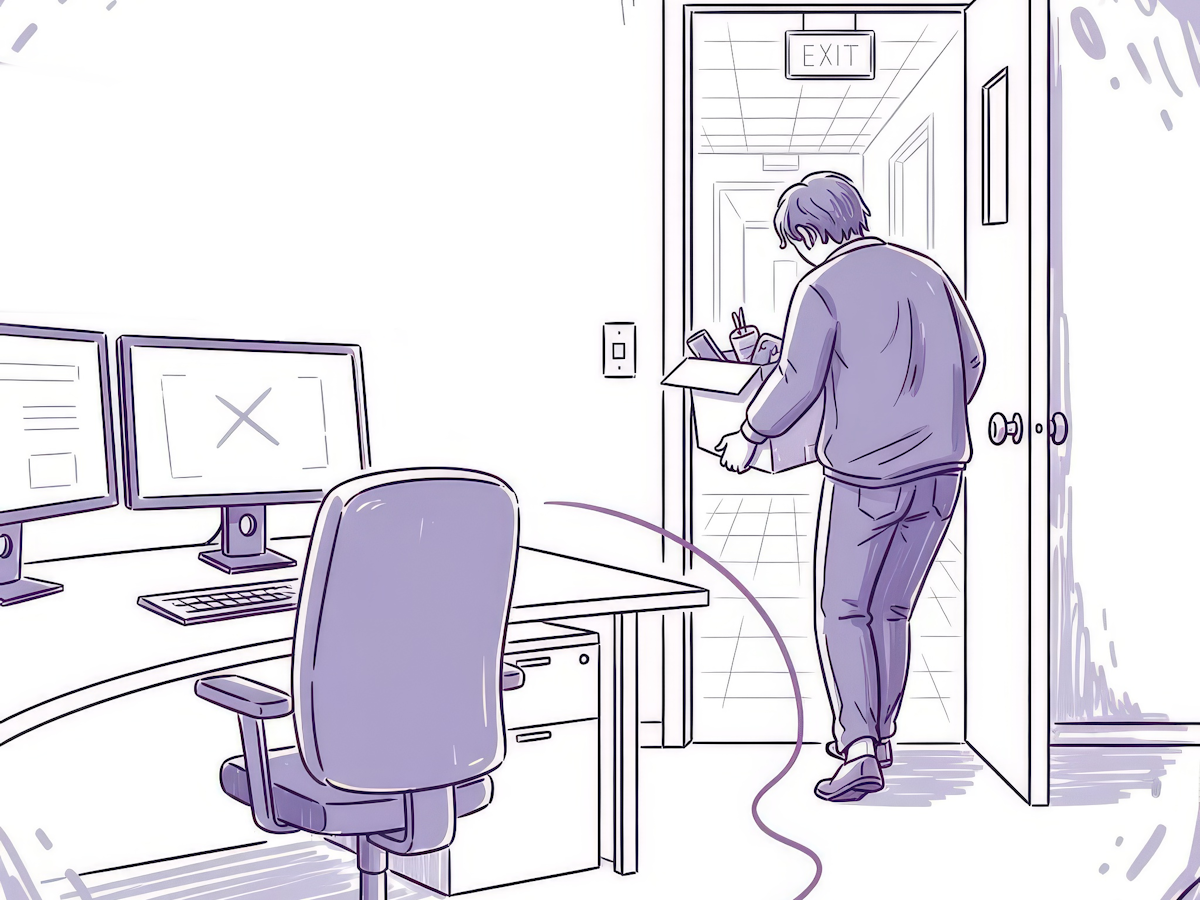So Your Event Sourcing Champion Just Left the Company... Now What?


Imagine this: your principal architect, the one who built your systems around event sourcing, just walked out the door.
Suddenly, you’re staring at a codebase that feels like it’s written in an alien language. The team’s whispering about ripping it all out and going back to good old CRUD apps. But before you hit the delete key, let’s pause and unpack what you’ve inherited. You might be sitting on a goldmine in disguise.
It’s Okay to Feel Overwhelmed
Event sourcing isn’t just a different database design, it’s a different way of thinking about systems. Even experienced architects can take months to really grasp it.
Right now, you might want to tear it down and rebuild with something familiar. But here’s the thing: your former architect probably didn’t choose event sourcing to make your life difficult. They likely chose it because it solved real business problems that other architectures couldn’t.
If your team finds it unconventional, your competitors likely will too. That means if you master it, you can turn this complexity into a competitive advantage.
Let’s start by understanding why event sourcing was probably picked in the first place.
Event Sourcing: Your Golden Opportunity
1. Keeping Your Core Clean and Adaptable
In many CRUD systems, monolithic tables and codebases get overly shared and coupled, creating the dreaded Big Ball of Mud. Untangling that mess can take years of work.
Event sourcing allows you to design custom data models for different modules while keeping them all in sync with the event store. When modules don’t have to rely on that monolithic database, they are free to use whatever database model and schema they like.
This keeps modules more independent, cleaner, and easier to adapt and scale.
2. Seeing Everything That Happened
In an event-sourced system, every change is recorded as an event. That means you don’t just know the current state, you can see the entire history of how it got there.
That’s priceless for:
Audits, compliance, and regulated industries:
- With an immutable audit trail that enables verification of every transaction’s integrity, context, and compliance across changing regulations
Debugging complex issues:
- With the ability to replay the exact sequence of events across workflows that led to a bug, eliminating the guesswork of “how did we get here?”
Feeding AI/ML systems richer, more trustworthy context:
- With training data that includes the full decision-making context that led to outcomes, helping AI understand causality rather than just correlation
This kind of historical insight is nearly impossible to reproduce in a CRUD system that overwrites and deletes data.
3. Career and Team Growth
Event sourcing can level up your architecture skills. It’s common in complex, high-stakes domains like finance, healthcare, and logistics. Mastering it makes you more valuable, and more marketable.
You may also find younger developers more engaged, since they get to work with modern, powerful techniques.
The Risks Are Real, But So Is Migration Cost
Yes, event sourcing has a learning curve. But replacing it with CRUD isn’t risk-free. Migrations are expensive, disruptive, and often introduce new problems. Sometimes the fastest way forward is to improve what you have.
Easing into Event Sourcing
Here are a few ways to make peace with your event-sourced systems:
1. It’s Not All or Nothing
Some parts of your application can stay event-sourced while others go back to CRUD. Choose the right tool for the right job.
Event sourcing shines for critical business operations where:
- Updates are frequent, rule-heavy, and involve multiple parties
- Past actions can significantly affect future outcomes
For example:
- Payment process: payment authorized → captured → refunded → disputed → resolved.
- Ordering process: order placed → paid → reserved → shipped → returned → refunded.
CRUD works fine for simpler, less strategic functions.
For example:
- Reference data and lookups: country codes, currency lists
- User preferences and profile metadata: language, theme, notification settings
- Simple admin CRUD screens: contacts, address book
2. Give Yourself Time to Learn
Event Sourcing is a mindset shift that influences design, implementation, testing, everything.
Acknowledge that this is a journey and not a quick fix. Allow time for you and your team to experiment. The boost in productivity is absolutely worth it.
The fastest way to learn is to be hands-on with production-like scenarios: make mistakes and iterate.
The best part? Since your principal architect already laid the groundwork, you have a shortcut to practice event sourcing like few others.
3. Upskill Your Team
Start with Small, Safe Projects: Event-sourced systems are modular by design. You can, for example, add new projections or read models without changing existing code. Pick a small, non-critical feature and implement it using the existing event store. This gives you practical experience without risking the core system.
In-person live training: If budget allows, consider training. The internet is full of conflicting advice about event sourcing. Professional training can shortcut months of confusion into days of clarity.
Self-paced online courses: Look for comprehensive, self-paced online courses that cover the entire journey from basics to advanced patterns. You want consistency throughout your learning experience. Jumping between different instructors’ interpretations and terminology will only add to the confusion.
Join an Event Sourcing Community: If a small question is bugging you and isn’t covered by the resources you’ve been reading, raise it with the community — members are usually happy to help.
Get a support package: If you’re using a commercial event store like KurrentDB, you might want to contact them for a support package that includes dedicated support engineers to respond to production issues 24x7. This can be super helpful and buy you more time when you’re already stretched thin. They can also provide architectural review and guidance on best practices.
Final Thought
Event sourcing can feel like a burden when it’s inherited. But it can also be the foundation for cleaner systems, richer data, and stronger competitive positioning.
Before you reach for the “back to CRUD” button, remember: sometimes the hardest systems to understand are the ones worth keeping.
